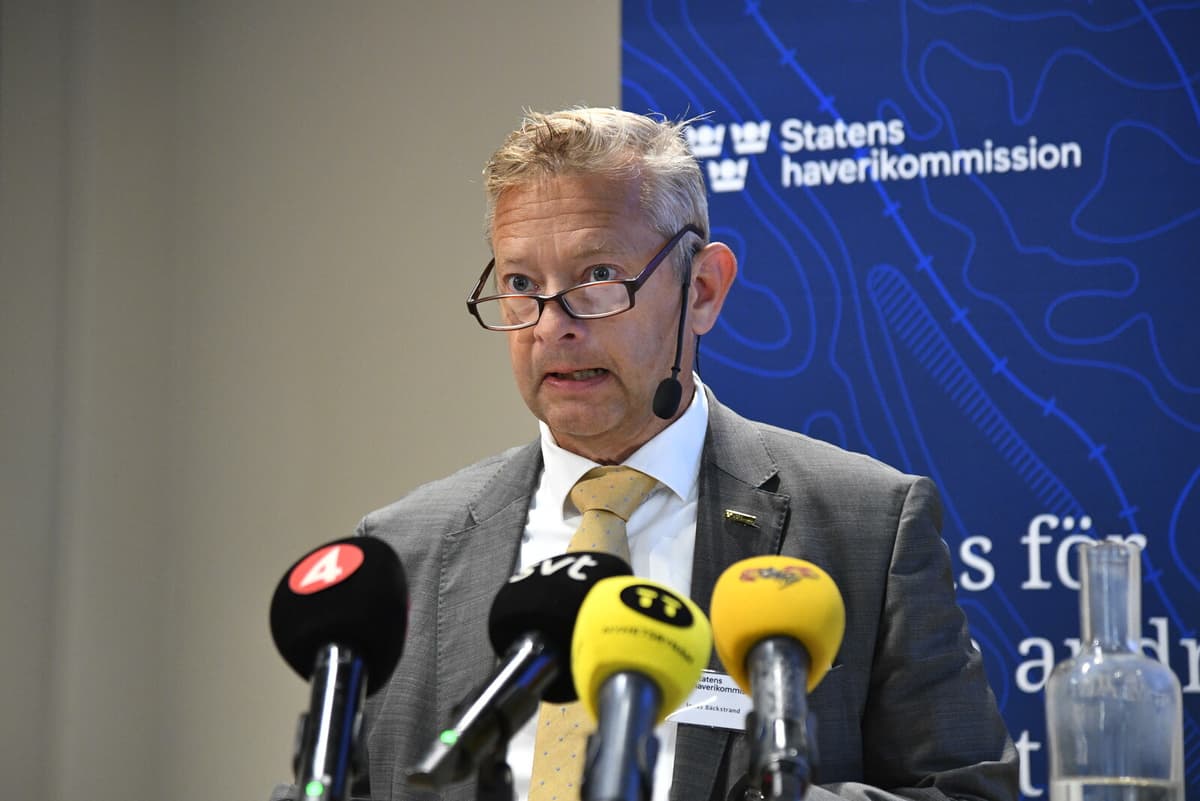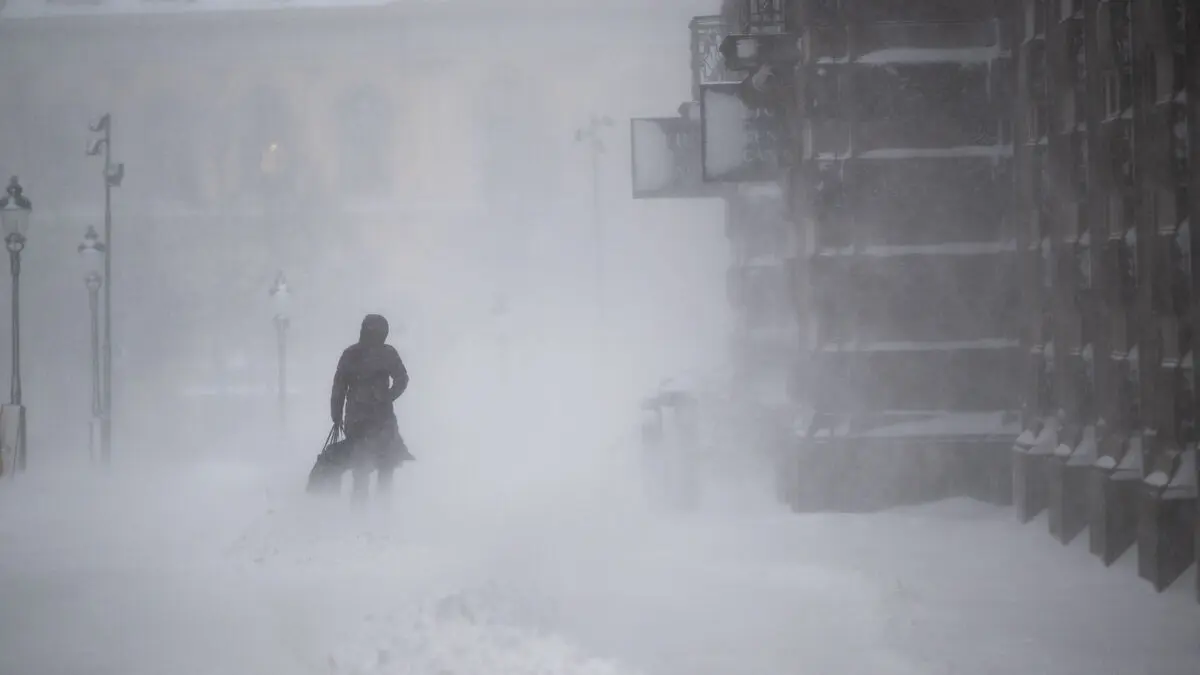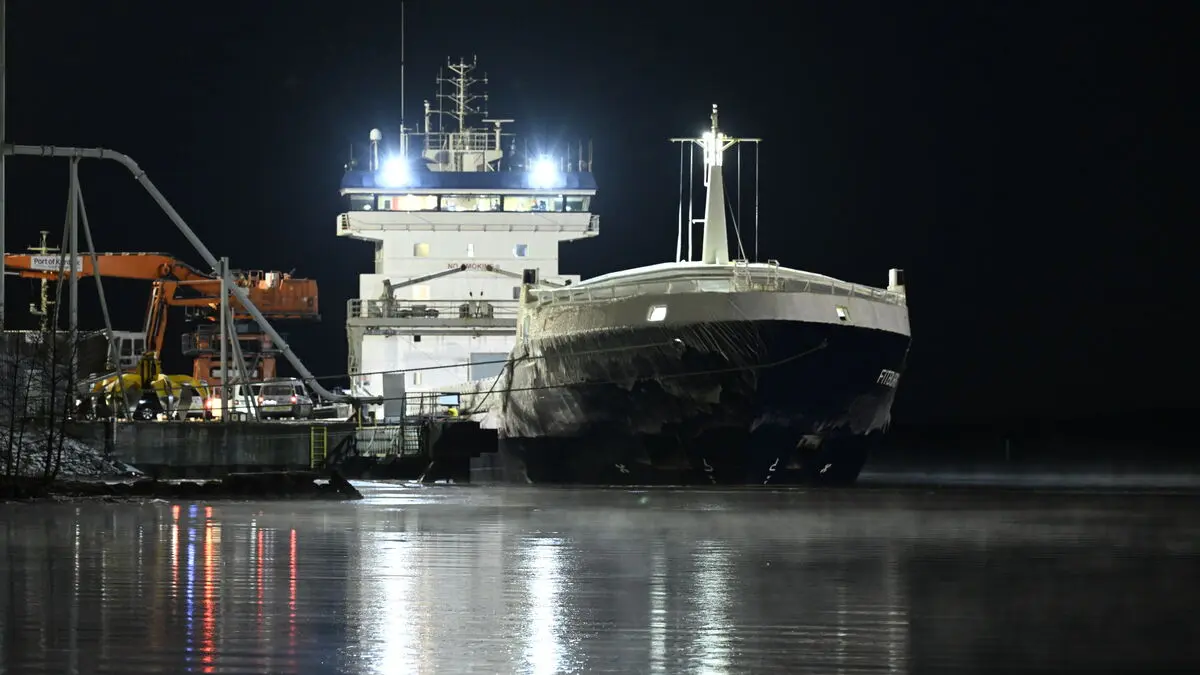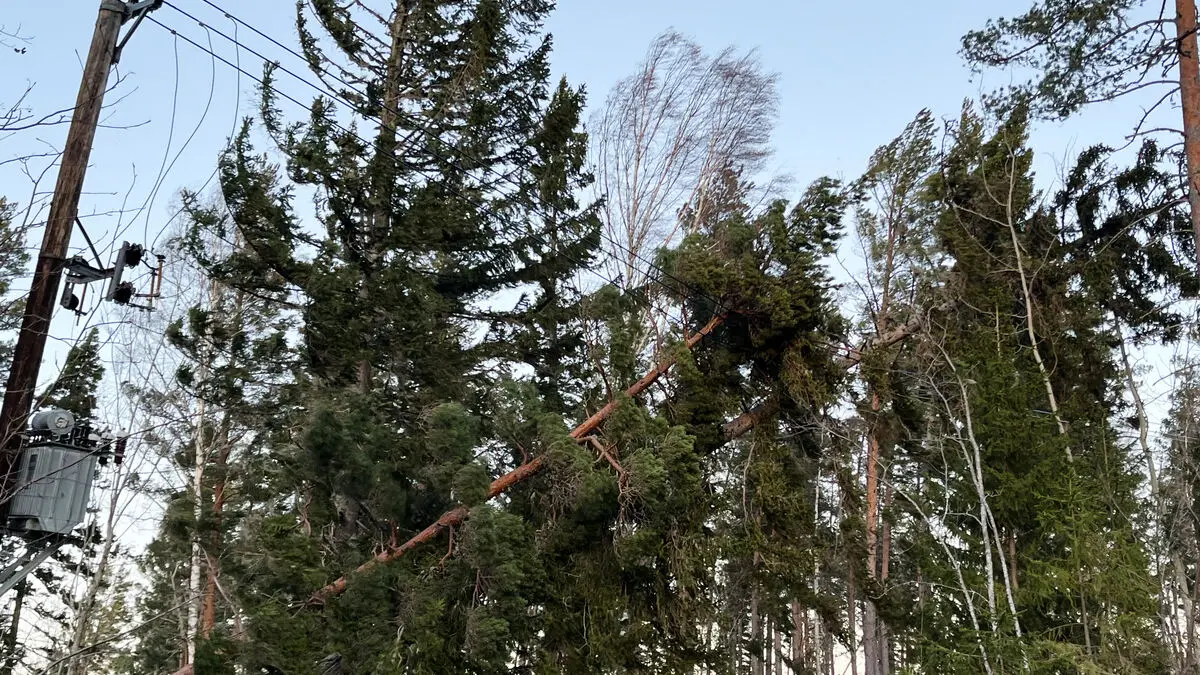The Commission is now presenting results from the ongoing new investigation into the sinking. Information that they say is not relevant to the final report, but which has appeared in conspiracy theories surrounding the sinking.
This is a matter that has taken on a life of its own. One of the shortcomings of the old commission was that it was temporary and was dissolved afterwards, and therefore there was no one who could answer questions, says the investigation's chairman Jonas Bäckstrand at the presentation.
We consider it important that as many facts as possible can be presented and that there is someone who can answer why, for example, there are different versions of this protocol.
Identified vessels
This includes, among other things, the two vessels that were in the vicinity during the disaster and which were listed as "unknown vessels" on a map by the international investigation commission JAIC in the 1990s.
But the accident investigation commission's investigators conclude that it was the Finnmerchant and Finnjet, two civilian merchant vessels that participated in the rescue operation.
It appears to be administrative errors by the old commission, says Bäckstrand.
Information about a classified document at the Swedish Maritime Administration has also been reviewed. A copy of the alleged document appeared with a journalist in 2004 and concerns alternative explanations for the sinking, including explosion or collision.
Reviewed document
The Accident Investigation Commission dismisses the document as a forgery. It is not registered with the Swedish Maritime Administration and it does not follow the authority's template. The classification stamp also does not look genuine.
It appears to be computer-generated and not stamped. Our conclusion is that the classification stamp is false, says Bäckstrand.
They have also reviewed the protocols from an exercise in port state control - a kind of ship inspection, which was carried out on the Estonia the day before the sinking.
The protocols exist in several different versions, which has given rise to speculation about changes and forgeries afterwards. The investigation believes it can trace all versions back to the original, and they have not found any peculiarities in the severity of the deficiencies on the Estonia that the inspection pointed out.
The final report is expected to be completed by the end of 2025.
The ferry M/S Estonia sank on the night of September 28, 1994, on its way from Tallinn to Stockholm. 852 people perished, of which 501 were Swedes. 137 people were rescued.
The international accident investigation commission's most important conclusion was that the fasteners and locks on Estonia's bow visor had been under-dimensioned. When the bow visor came loose, large amounts of water poured onto the car deck and caused the ship to capsize.
Survivors, relatives, and other engaged individuals have, however, demanded that the rapid course of events when the ship sank must be further investigated.
After the documentary "Estonia - the discovery that changes everything" from 2020, the accident investigation commissions in Sweden, Finland, and Estonia initiated a new review. The Swedish Accident Investigation Authority released an interim report in 2023.
Last year, the Prosecution Authority announced that the preliminary investigation into the Estonia's sinking would not be reopened.





